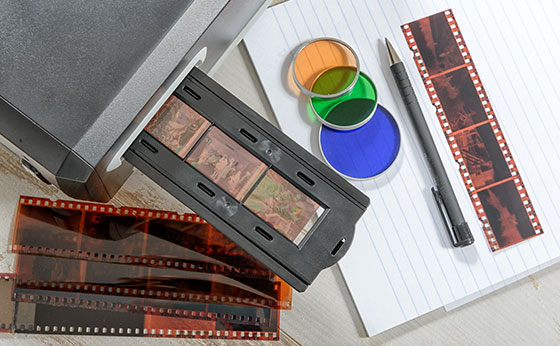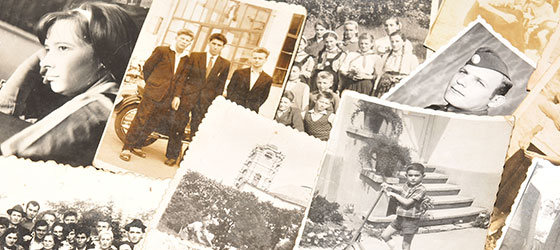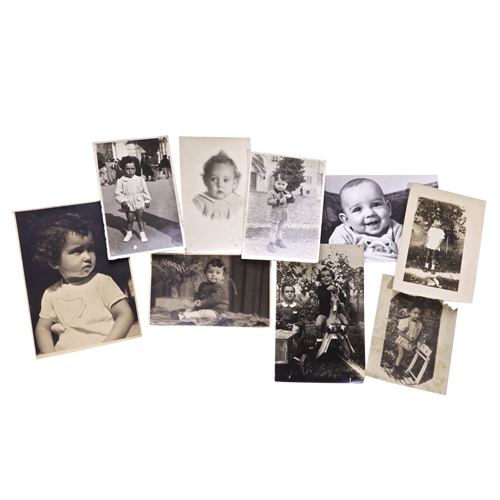Don’t let your memories sleep in a drawer! Whether you want to develop and digitize your negatives, enlarge a photo or retouch and preserve your old snaps, here are our tips : what better excuse to travel back in time?
Digitizing your negatives
Do you have old negatives, slides, and black-and-white or colour film at home? Hand them over to a professional who can digitize them and save them on a numeric device. That way, you can easily keep and organize them. Just make sure never to handle your negatives with your bare hands.
You can also consider purchasing a special scanner for negatives and slides, although such devices are expensive. If you only have a small amount of images, you may prefer to look into renting the equipment you need.

How to scan photos
If you use a regular scanner to digitize old photos at home, make sure it’s a high-quality model that can convert them correctly. Check that the resolution of scanned images is at least 1,200 x 1,560 pixels, the minimum size required by Jean Coutu’s photo editing software.
Breathing new life into vintage photos
Once you’ve digitized your old photos, slides and negatives, you can retouch them using photo-editing software such as Photoshop or Lightroom. Make your images look new again by erasing imperfections and small scratches, or enhance them by adjusting colours, contrast and sharpness. If some of your precious photos are too damaged to fix yourself, you can always use the services of a specialist photo restoration business.

Enlarging photos
Increasing the resolution at which you digitize old photos will enable you to enlarge your images. Then, the Jean Coutu Photo Lab can make very large prints of your favourite images (up to 30 x 30 in.).
The advantage of images from film cameras and negatives is that unlike digital photos, their definition is not quantifiable in pixels. This means that there’s almost no limit to their resolution. If you use high-quality digitization equipment, you can print captivating vintage images in very large dimensions.
Storing negatives
Once you’ve finished digitizing your old photos, slides and negatives, be sure to store them properly so that they stay protected. Your old photos are fragile, so don’t keep them in a room that’s too humid or expose them to too much sunlight. Ideally, they should be kept in a dark place. Once you’ve finished using your negatives, they should quickly be rolled and replaced in their canister. Protect special photos between two sheets of paper or place them in an envelope.

